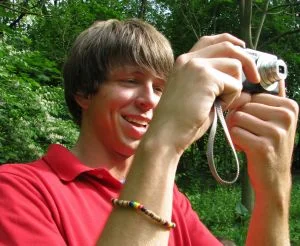Address the Root; Not the Result
"It’s not the towering sail but the unseen wind that moves the ship."
Asian Proverb
Back in my childhood days, I would help my parents by working in the backyard on the weekends. They provided me with a set of clippers that I used to trim the bushes closest to the house. One day, I came across a weed growing nearby. In an effort to be helpful, I used the clippers to cut the weed so that it was no longer visible. I was proud of myself for eliminating this eye sore in an otherwise beautiful lawn. After several weeks, I was disappointed when I saw that the weed had grown back. The reason the weed grew back was that I failed to cut it at the root. I only dealt with what I saw on the surface.
Procrastination is like that weed in the backyard. What you see on the surface is not the total picture. The consistent delay and constant lateness represent the surface. If the root cause is not addressed, this habit will continue to appear. Today you will learn the most common root cause of procrastination from my experience and what you can do to deal with it.
Perfectionism
The root of perfectionism will delay you from beginning a project until you have ALL of the answers. Everything has to be perfect before the perfectionist gets started. Sometimes the key to success is to start moving from where you are, and as you move the answers will come. The solution to perfectionism is to break your major projects down into small and actionable next steps. As you approach the project, the question you should ask is “What is the next action?”
For example, if your project is writing a book, the next action may be to select a title. If you are cleaning the garage, the next action may be to create a throw away pile. If you are hiring a new employee, the next action may be to create an employment ad. Each action will put you one step closer to your goal. The most important aspect of the next action is that it is an observable behavior that is specific. The following test will help you to determine if your action is specific enough:
Picture Test
If you can take a picture of yourself performing the action, you will know that the action is specific enough. You can take a picture of yourself creating an ad, throw away pile or book title so they each pass the test. Vague steps like trying harder, doing better, and working on it, do not pass the test.
Eliminating perfectionism through clear and observable action steps will help you to address procrastination at its root and improve your results.
Sincerely,
Eric M. Twiggs
Your Procrastination Prevention Partner
PS. I am finalizing the world’s most comprehensive e-book on time management for executives and entrepreneurs. Please send me an e-mail with your most pressing time management concern. I will send you a free copy of the e-book as a thank you gift.








